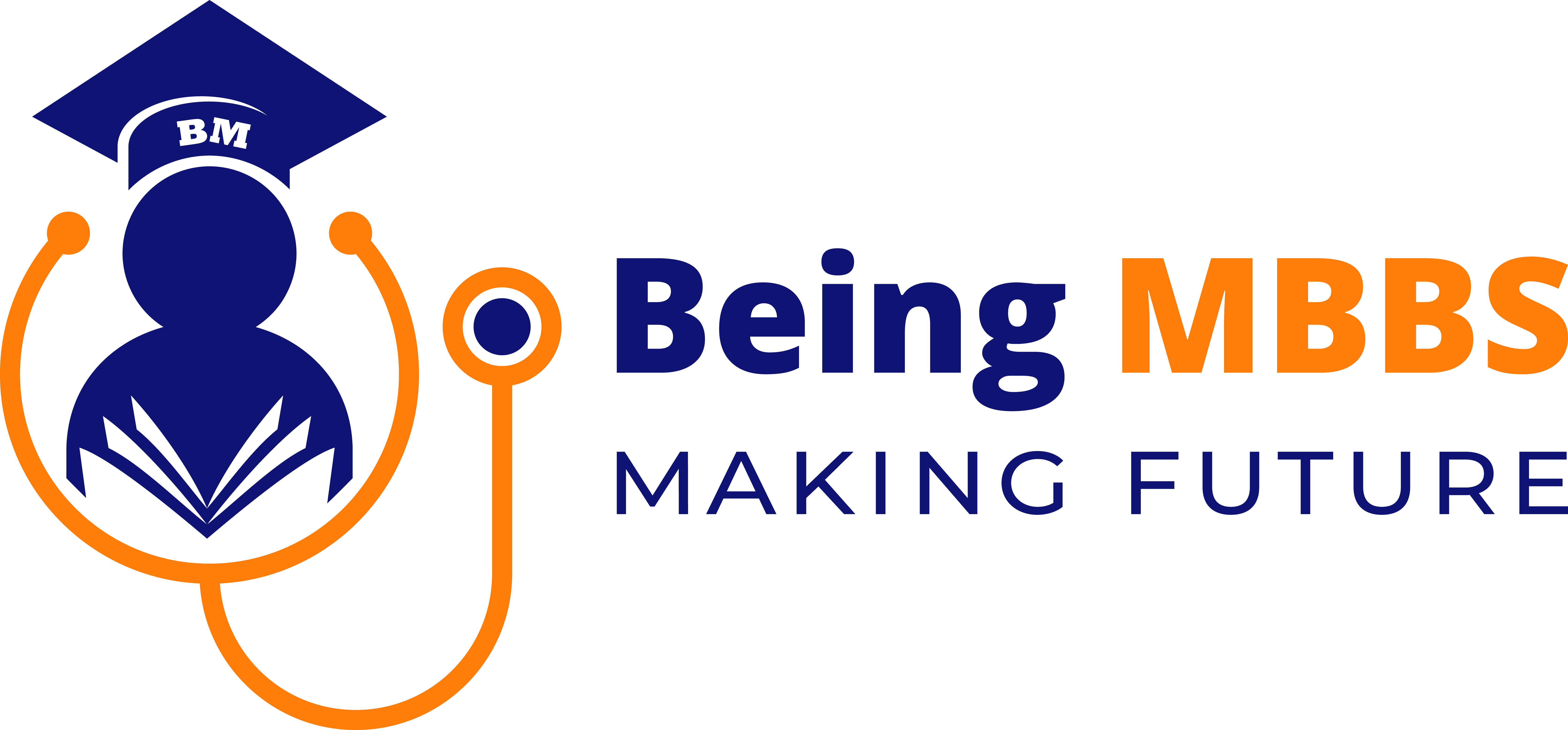What Is USMLE?
USMLE stands for the United States Medical Licensing Examination. It is made up of USMLE 3 Steps, USMLE Step 1, USMLE Step 2 CS, USMLE Step 2 CK and USMLE Step 3. It is licensing examination to practice, do residency and fellowships in USA. Becoming a doctor is not an easy job! There come a lot of challenges and hurdles if you are aspiring to become a doctor. The biggest challenge is that the practicing doctor’s face on their educational path is- THEY MUST PASS THE USMLE.
The USMLE is a famously challenging, USMLE 3-step exam series that is required for anyone who wants to practice medicine in the United States. The first two steps of the series are typically taken while a student is still in medical school, while the third step takes place after completing graduation.
Importance of USMLE:
The exams are sponsored by two organizations: the Federation of State Medical Boards (FSMB) and the National Board of Medical Examiners (NBME). The USMLE exams, particularly Step 1, are often referred to colloquially as “The Boards.”
USMLE scores are used in three major ways:
- Most U.S. medical schools require students to pass USMLE Step 1 to graduate — and some also require that they pass USMLE Step 2/Clinical Knowledge (CK) and Step 2/Clinical Skills (CS) to receive their degree.
- The scores from the first two steps (Step 1, Step 2 CK, and Step 2 CS) play an important part in assessing medical students for residency training positions in the U.S.
- Passing the last step (Step 3) is required in order to be admitted into U.S.-based specialty boards, such as the American Board of Internal Medicine, but is also required by state medical boards that license doctors to practice in their specialty. (Boards are governing bodies that certify doctors at the state level, as well as in more than 150 specialties).
Eligibility Criteria:
Step 1, Step 2 CK, and Step 2 CS may be taken by any student who is enrolled in or has graduated from:
- U.S. or Canadian allopathic medical school accredited by the Liaison Committee on Medical Education (LCME), leading to an M.D. degree
- U.S. or Canadian osteopathic medical school accredited by the American Osteopathic Association (AOA), leading to a D.O. degree
- Medical schools outside the U.S. or Canada that are listed in the International Medical Education Directory (IMED) and that meet Educational Commission for Foreign Medical Graduates (ECFMG) criteria
Step 3 may be taken by:
- Graduates of an accredited U.S. or Canadian allopathic or osteopathic medical school who have passed Step 1, Step 2 CK, and Step 2 CS.
- Graduates of a medical school outside the U.S. or Canada listed in IMED who have obtained certification by the ECFMG and passed Step 1, Step 2 CK, and Step 2 CS Eligibility.
Step 1, Step 2 CK, and Step 2 CS may be taken by any student who is enrolled in or has graduated from:
- U.S. or Canadian allopathic medical school accredited by the Liaison Committee on Medical Education (LCME), leading to an M.D. degree.
- U.S. or Canadian osteopathic medical school accredited by the American Osteopathic Association (AOA), leading to a D.O. degree.
- Medical schools outside the U.S. or Canada that are listed in the International Medical Education Directory (IMED) and that meet Educational Commission for Foreign Medical Graduates (ECFMG) criteria.



